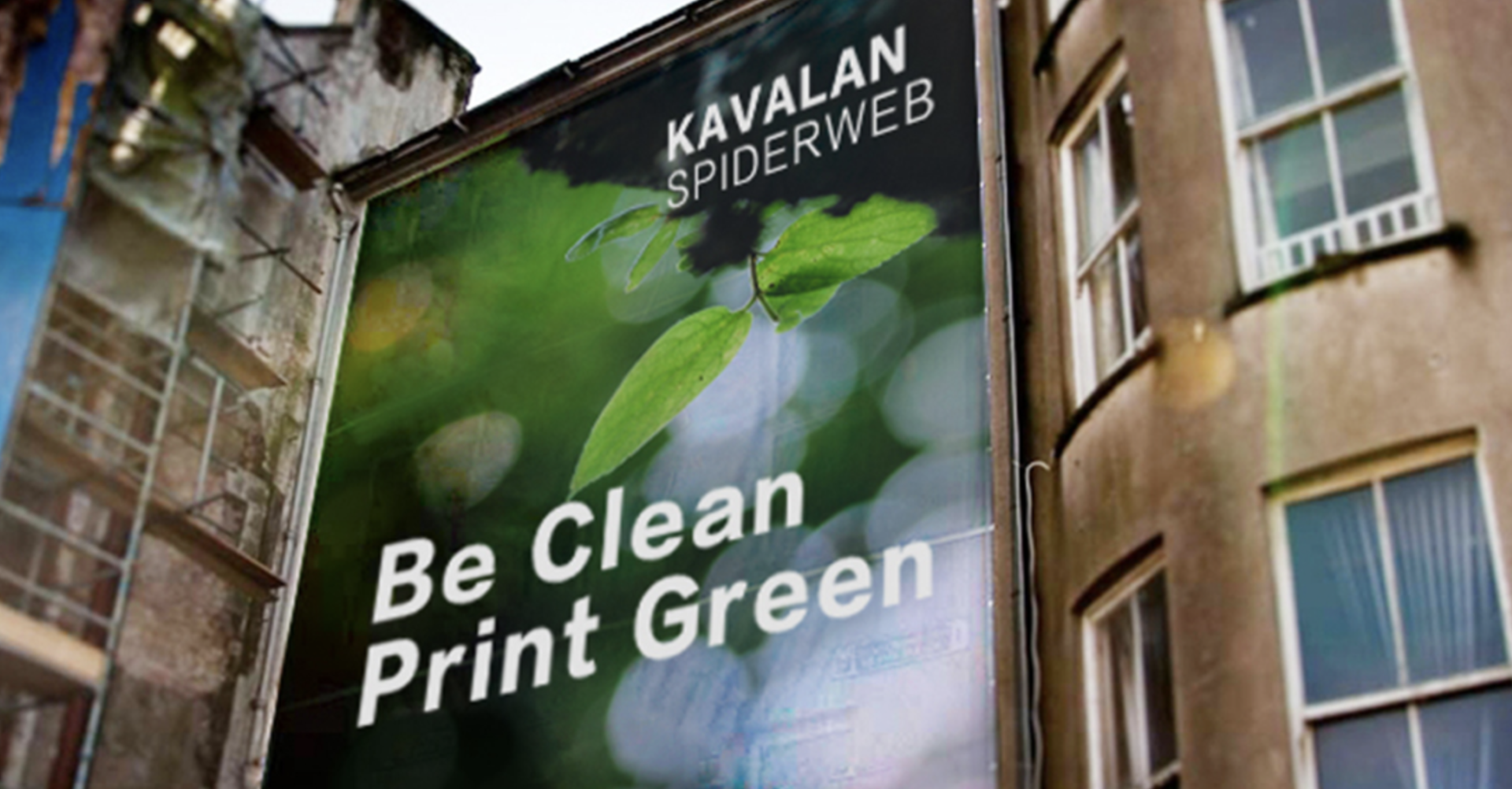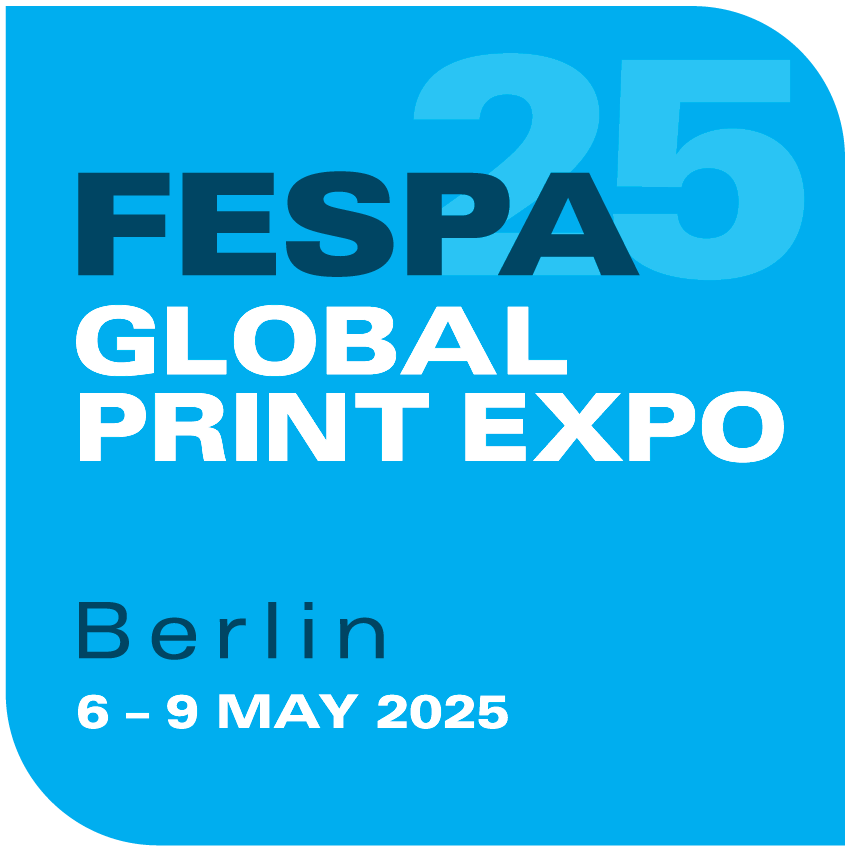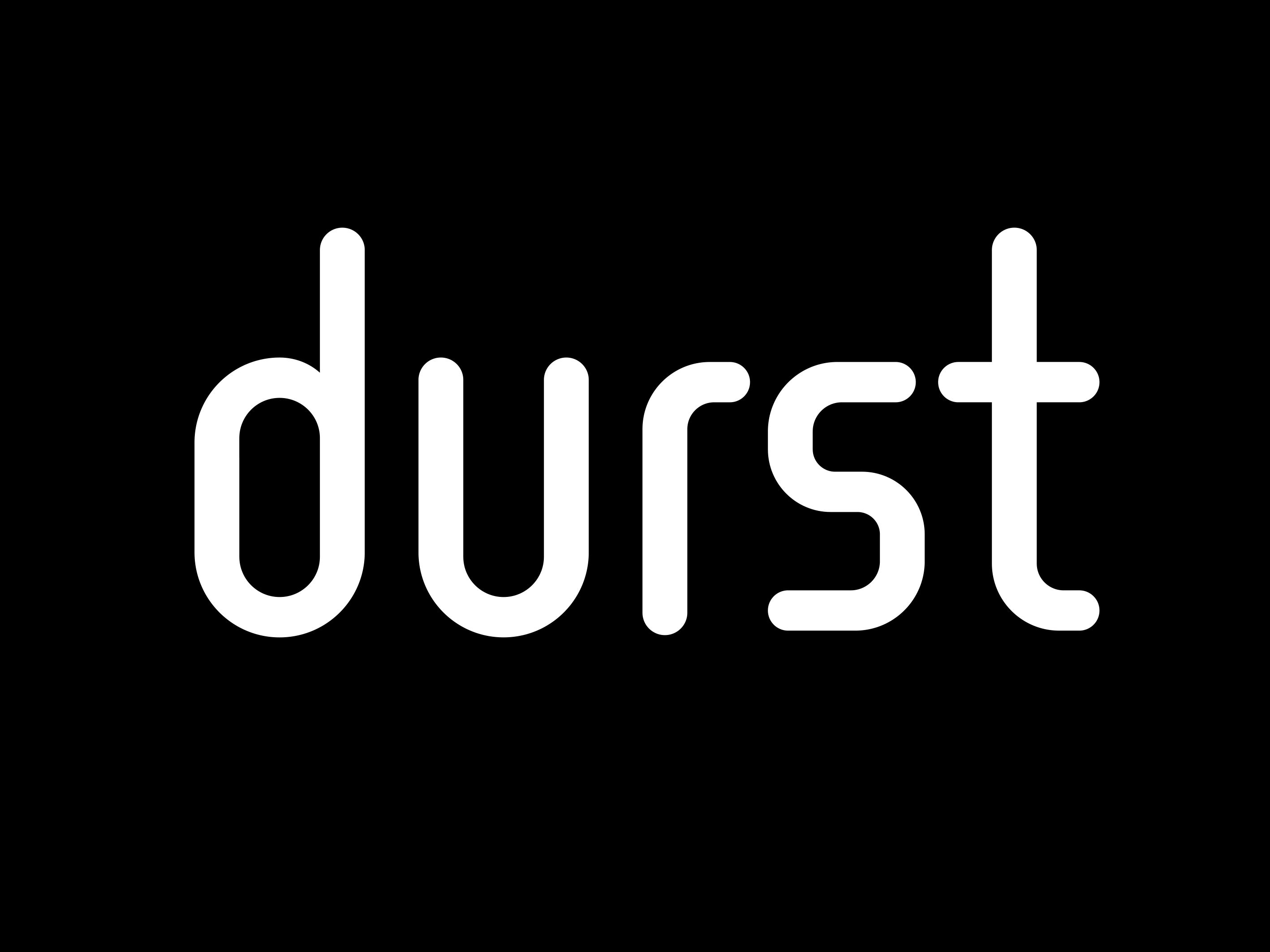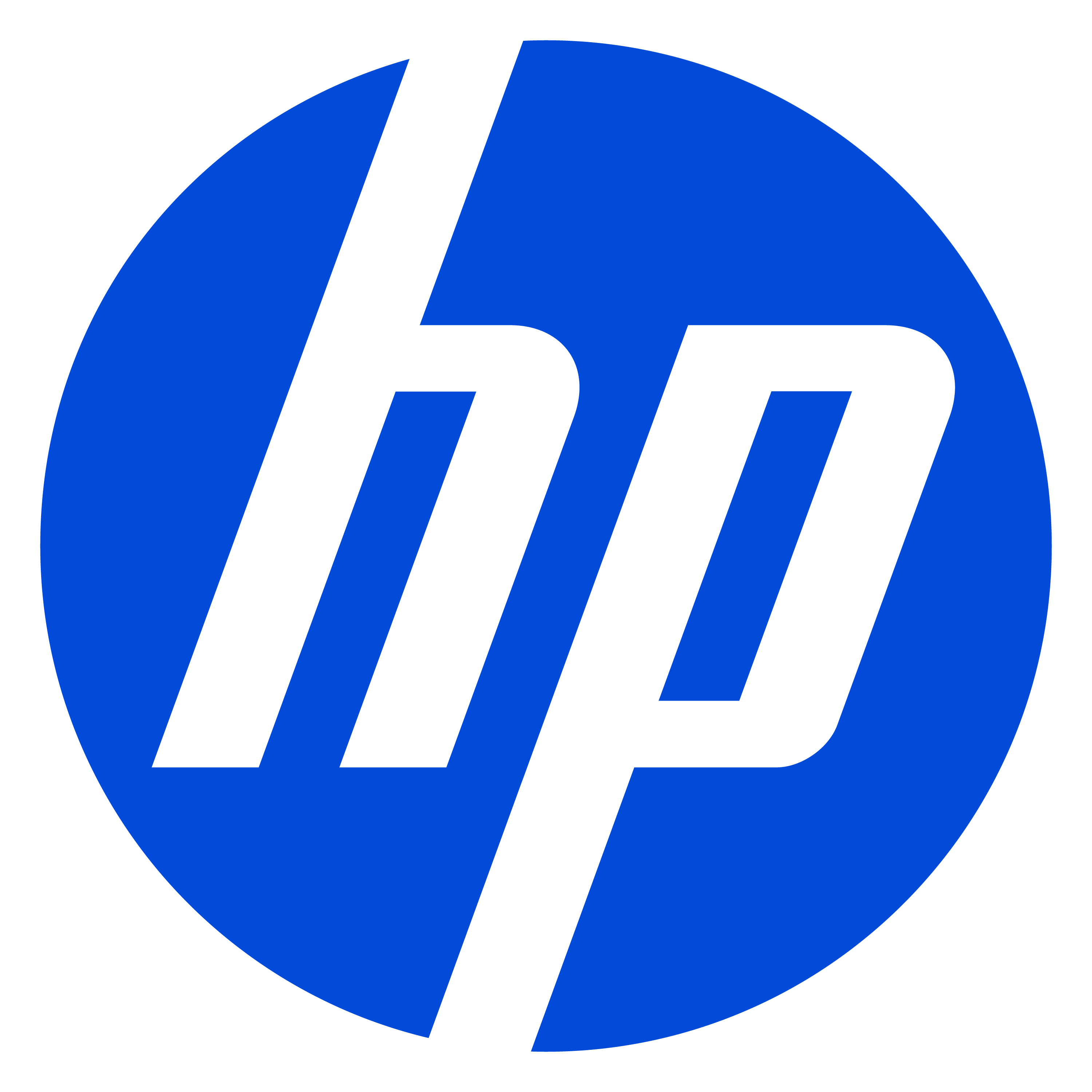The Evolution of Low Impact Print Media: A Sustainable Future
)
In the Beginning
It has been eight years since the KAVALAN PVC-free range was first unveiled at FESPA Hamburg in 2017, challenging the dominance of PVC and traditional textile signage. For decades, the industry had grown comfortable with the status quo, turning a blind eye to concerns about the toxicity of PVC materials and the excessive freshwater and energy required for producing conventional textiles.
Over the years, KAVALAN’s commitment to PVC-free and low-impact alternatives faced significant challenges from entrenched mindsets and resistance to change. However, the introduction of life cycle assessments (LCAs), waste management evaluations, and freshwater footprint analyses helped to diminish such opposition by providing much-needed transparency. From the outset, KAVALAN aimed to produce the most sustainable materials in a market reluctant to embrace change, a sentiment echoed by VP Vincent Lin during a brand launch event: “We have to preserve what future we can for our children and grandchildren.” As a new mother at the time, this message of genuine sustainability has resonated deeply with me ever since.

The LCA and Transparency
The LCA proved to be a game changer for marketers. For the first time, a range of products challenged decades of established dogma and ignorance in the industry. From these assessments, we developed the KAVALAN Eco-Calculator, which stirred quite a reaction among our PVC competitors. One competitor even hastily created their own eco-calculator, claiming that KAVALAN materials had a higher environmental impact than their PVC products, an assertion clearly devoid of factual basis and indicative of panic.
This situation highlighted a troubling trend, as industry experts continued to promote PVC as a “clean” and “pure” plastic, illustrating a fundamental misunderstanding of the material’s implications. Moreover, the comprehensive impact analyses conducted by KAVALAN demonstrated that the excessive resource consumption associated with textile signage is simply unsustainable.
The Current Landscape of PVC-Free Print Media
So, how does the landscape of PVC-free print media look today? From KAVALAN's perspective, it is promising, with consistent double-digit growth in our PVC-free signage products and new markets emerging. Our capacity is expanding, and each day, the future appears increasingly green.
However, the broader signage industry has not made significant strides toward sustainability; it is merely the messaging that has become greener. There has been an uptick in enthusiastic claims about sustainability from manufacturers, users, and social media "experts." Phrases like “sustainability is the future” and “recycling first” are widespread, yet they often lack supporting life cycle assessments or measurable impact data, resulting in mere rhetoric.
This ignorance threatens to drive the industry’s sustainability policies down a path that leads to one inevitable conclusion: increased production of high impact toxic materials such as PVC. This mentality mirrors the failures of the plastics recycling industry, where trillions of taxpayer dollars have been spent on recycling schemes while virgin plastic production continues to rise. It is projected that the next 10 billion tonnes of virgin plastics will be produced by 2040, compared to the 10 billion tonnes produced between 1950 and 2020.
Instead of focusing our sustainability efforts - and taxpayer dollars - entirely on recycling the over three billion tonnes of existing plastics, we must concentrate on reducing the impact of the anticipated 10 billion tonnes currently entering the waste stream.

A Path Forward: Reducing Impact and Waste
So, what can we do? The solution lies in impact reduction, waste minimisation, and low-impact disposal. By analysing the full lifecycle of any product, we can identify which stages contribute most significantly to its overall impact.
For example, approximately 60% of a PVC banner’s greenhouse gas emissions occur during the initial vinyl chloride and PVC production phase. The remaining 40% comes from banner production, transportation, packaging, and end-of-life disposal. By eliminating PVC, we can potentially reduce a banner’s greenhouse gas emissions impact by 60% and its weight by as much as 40%
By far, the most significant impact from PVC production is toxicity, with over 95% of airborne toxins produced during this phase. Given that air pollution is now one of humanity’s greatest threats, removing PVC from signage materials could have substantial positive effects on air pollution.
Another area of concern is the freshwater usage of a typical textile banner, which can exceed 120 litres per square meter of material, primarily during PET yarn production. Even recycled content yarns consume a considerable amount of freshwater. The key action here is to reduce freshwater usage during yarn production. KAVALAN has achieved close to a 70% reduction in freshwater usage by redesigning a 200-year-old production process, eliminating the dyeing and cleaning stages. This improvement not only lowers greenhouse gas emissions but also reduces other environmental impacts.
Conclusion
The journey toward a more sustainable signage industry is ongoing, but the strides made by KAVALAN highlight the potential for positive change. By prioritising impact reduction and embracing innovative practices, we can create a greener future for our children and grandchildren. The challenge remains to encourage the industry as a whole to join us on this critical path toward sustainability.








